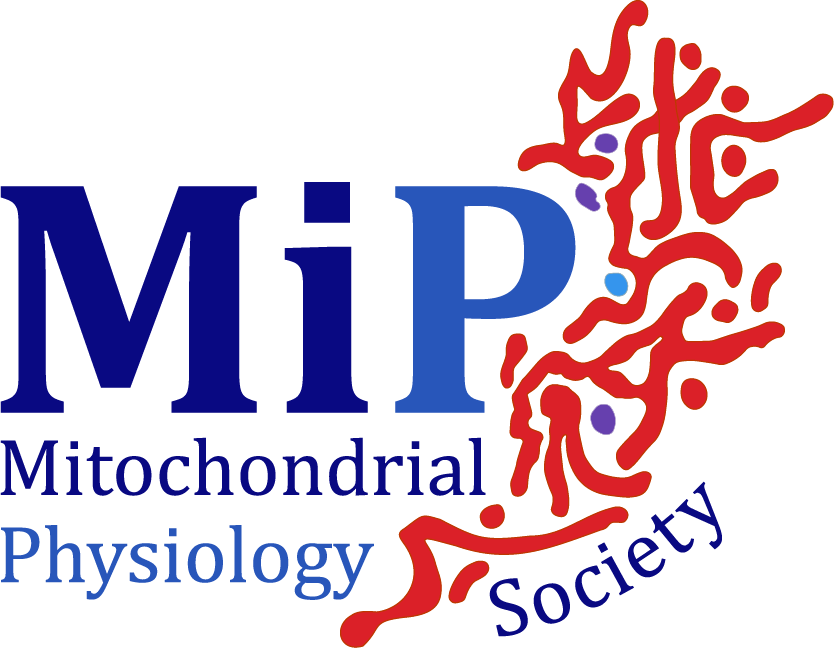Mitochondrial respiratory function in living cells
DOI:
https://doi.org/10.26124/becprep.2025-0002Keywords:
cell respiration, leak respiration, oxidative capacity, oxidative phosphorylation, mitochondrial respiration, residual oxygen consumption, routine respirationAbstract
Breathing happens subconsciously, but every breath sets off a vital journey. Oxygen (O2) enters through the nose and lungs, travels with the bloodstream and reaches the brain, muscles, and every cell in the body. Deep within these tiny cells, oxygen kindles the fire of life in the mitochondria — microscopic structures comparable to bacteria. This pathway of oxygen links breathing (external respiration) to cell (internal) respiration. In the mitochondria, the energy of nutrients is converted into heat and a form of energy available for work. Mitochondria are electrochemical machines consuming oxygen and producing adenosine triphosphate (ATP), the cell’s biochemical energy currency. Measuring cell respiration helps assess mitochondrial function, detect potential defects, and guide medical professionals in preserving their patient’s aerobic capacity and vitality.
The following concepts on cell respiration are explained:
- Cellular routine respiration: controlled by the physiology of the living cell.
- Oxidative capacity: measured as maximal oxygen consumption decoupled from ATP production.
- Leak respiration: idle respiration measured after inhibition of ATP production.
- Residual oxygen consumption: small part of oxygen consumption remains after inhibiting the oxidative capacity of the mitochondria.
Measurement of cell respiration in these experimentally controlled states and calculation of their relationships provides diagnostic information on mitochondrial fitness.
Cite:
Gnaiger E (2025) Mitochondrial respiratory function in living cells. BEC preprints 2025.2. https://doi.org/10.26124/becprep.2025-0002 — Published 2025-05-06 Bioenerg Commun 2025.5
Published
Issue
Section
License
Copyright (c) 2025 Erich Gnaiger (Author)

This work is licensed under a Creative Commons Attribution-NonCommercial-NoDerivatives 4.0 International License.



